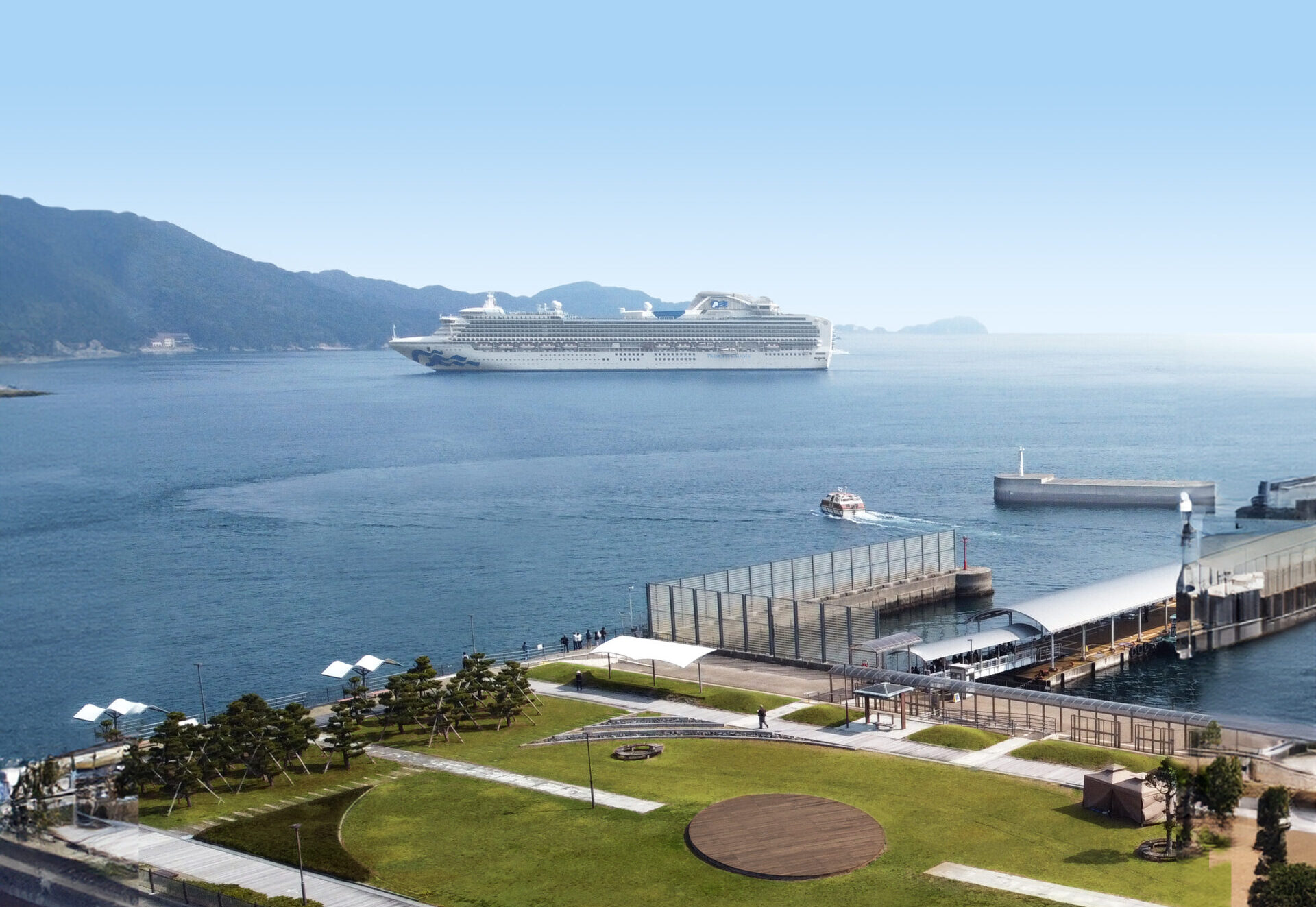So your ship has just cast its anchor into the blue ocean waters surrounding Toba. Small islands surround the unusually large vessel, with the green mainland awaiting your arrival. Some passengers will already have plans to visit the nearby Ise Jingu, while others just want to go for a walk and stretch their legs. However, if you’re looking for something to do that’s a little more unique, here are a few alternatives that will help you discover some of Toba’s charm.
Toba is a small city in Mie prefecture at the entrance to Ise Bay. It has a long history of being a waypoint for ships and a historic source of high-quality seafood (miketsukuni). People have been living in the area for several thousand years and owe their livelihood to the sea and what it offers. One group in particular has a special place in the hearts of the Japanese, the ama. The ama are predominantly female and freedive to catch a variety of shellfish and harvest seaweeds without the aid of modern diving equipment. Evidence shows that women have been freediving in the area for well over 1000 years.

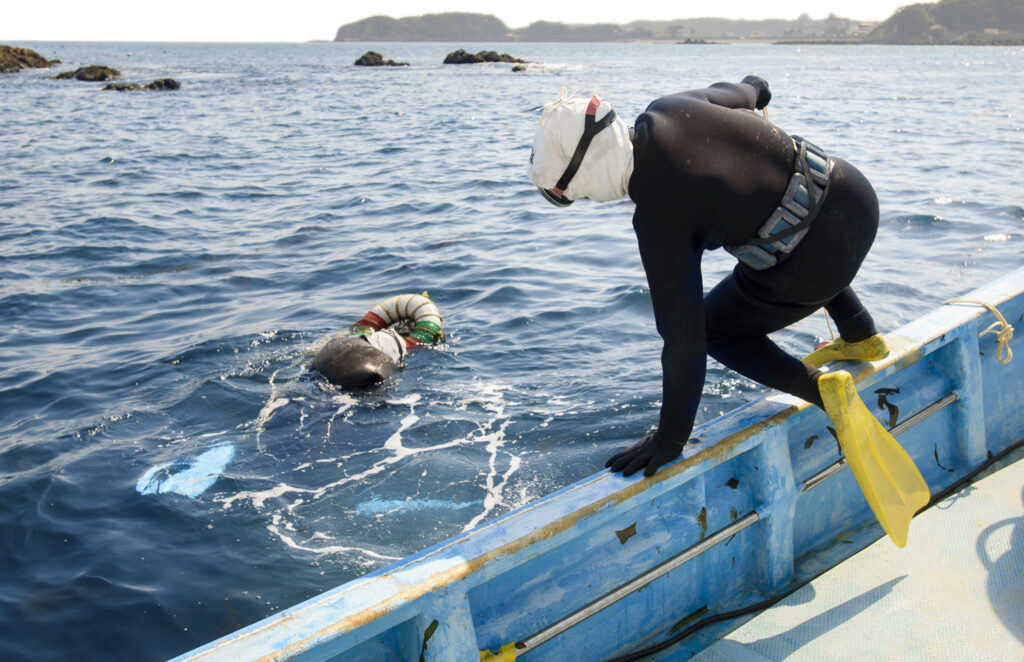
Continuing the Traditional Way of Life
The first activity is “Journey into the Deep: Discovering Ama Culture“, a fully guided English tour leaving from the marine terminal that will take you to a hidden temple in the hills where fishermen and ama pray yearly for a good catch and safety at sea. The scale and history of the temple, Shofukuji, is rare to find in such a remote location, and the connection to the sea is apparent with many intricately carved motifs adorning the structures.

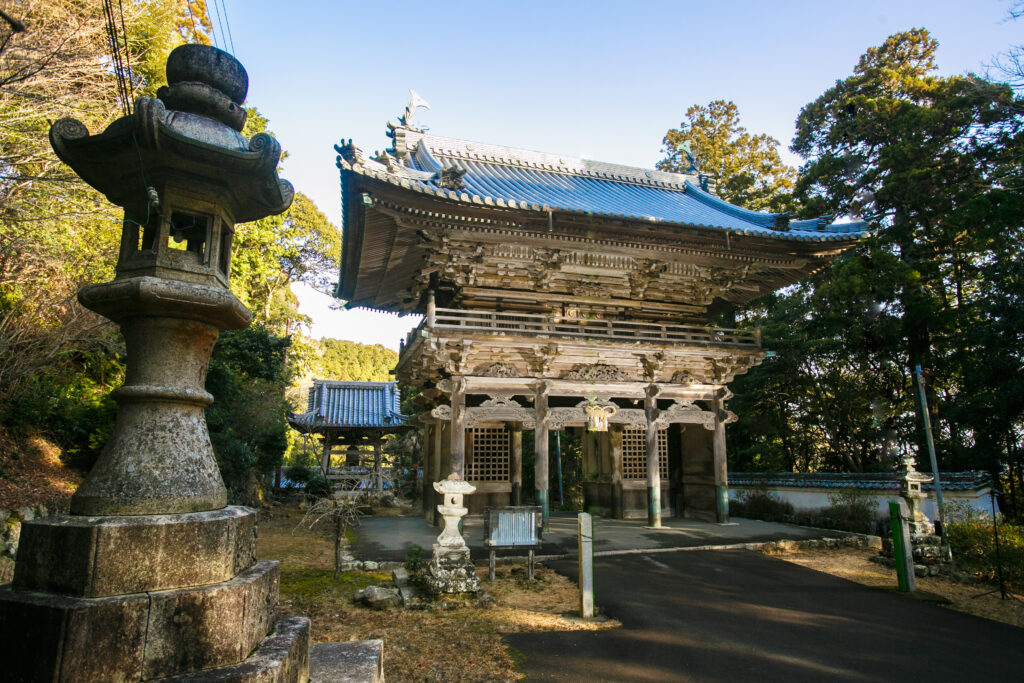
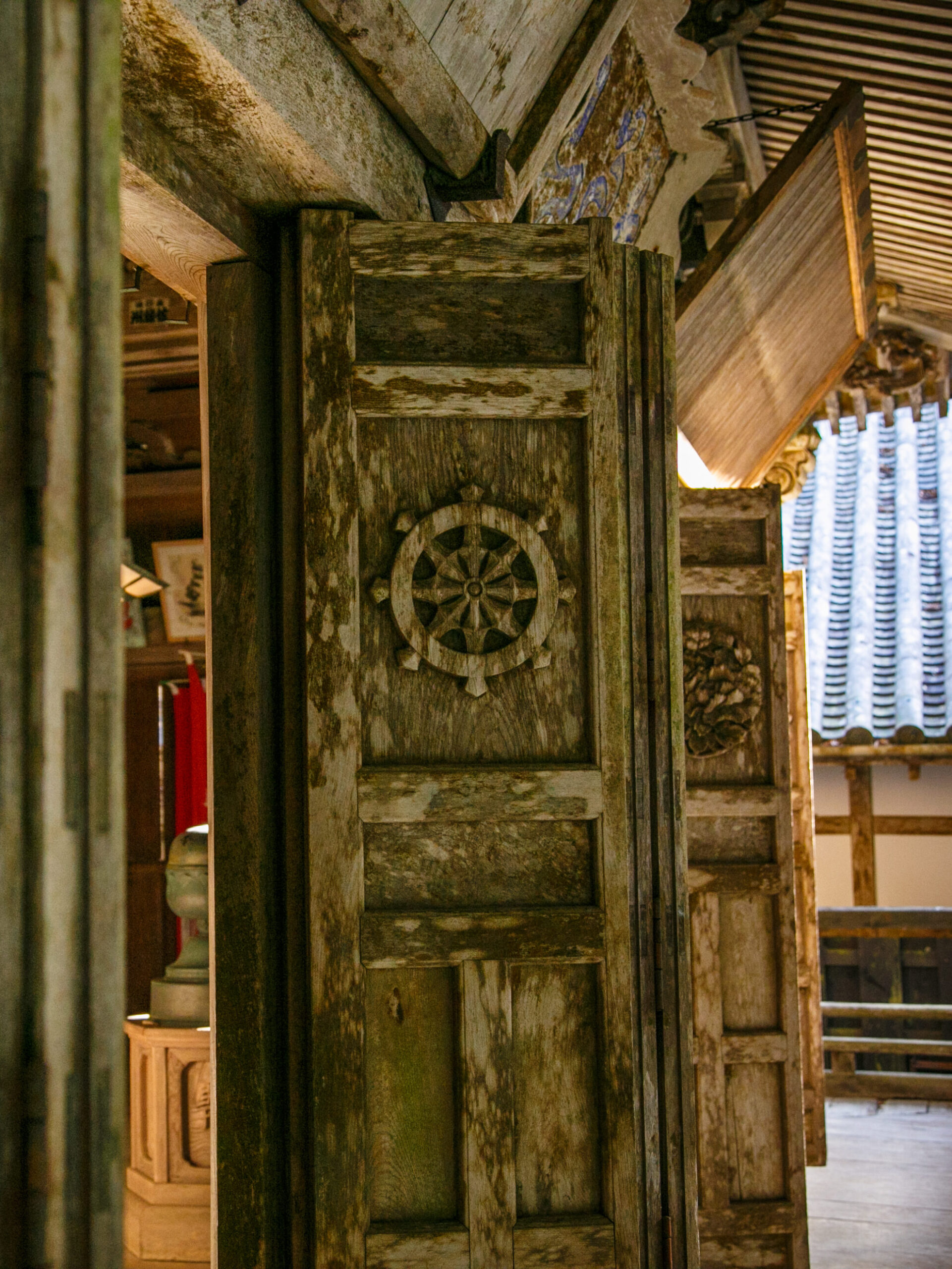
After hearing some stories about the ama and their way of life at the temple, it’s time to visit the nearby community of Osatsu. Toba and its southerly neighbor, Shima, are home to half of the country’s total remaining divers, and Osatsu has the largest number of active ama divers in the area. Enjoy a specially prepared BBQ seafood lunch with a local delicacy, Ise-ebi (spiny lobster), cooked over a charcoal grill by real ama divers. Talk with the ama through your guide and hear some of their harrowing tales of working at sea. The ama’s way of life is in decline and becoming harder to sustain, so don’t miss this opportunity to meet these amazing women.
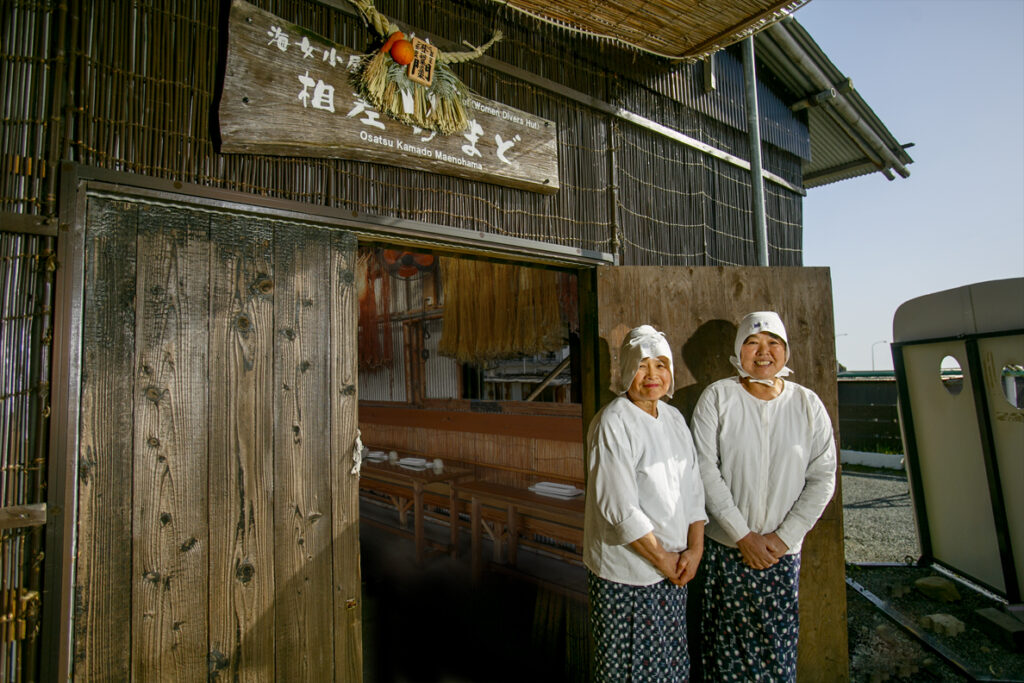
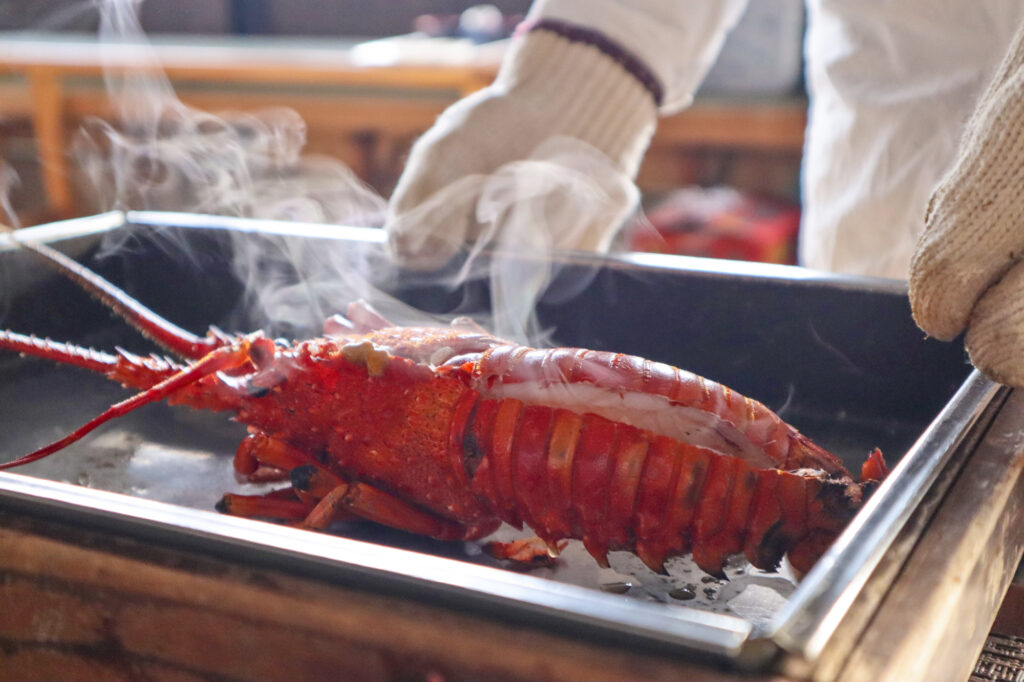
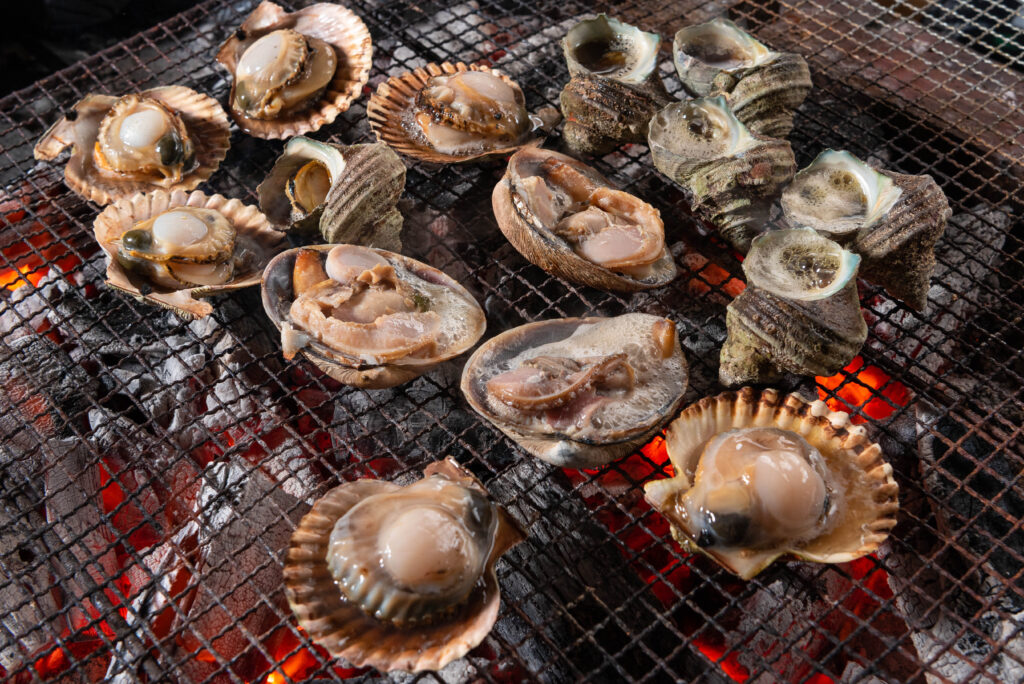
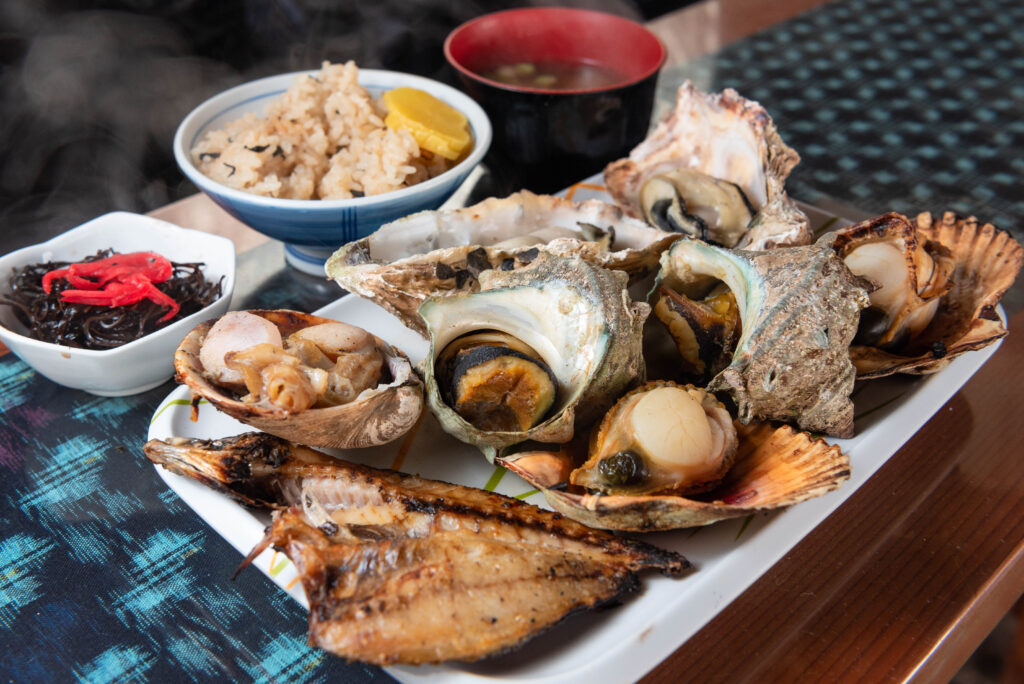
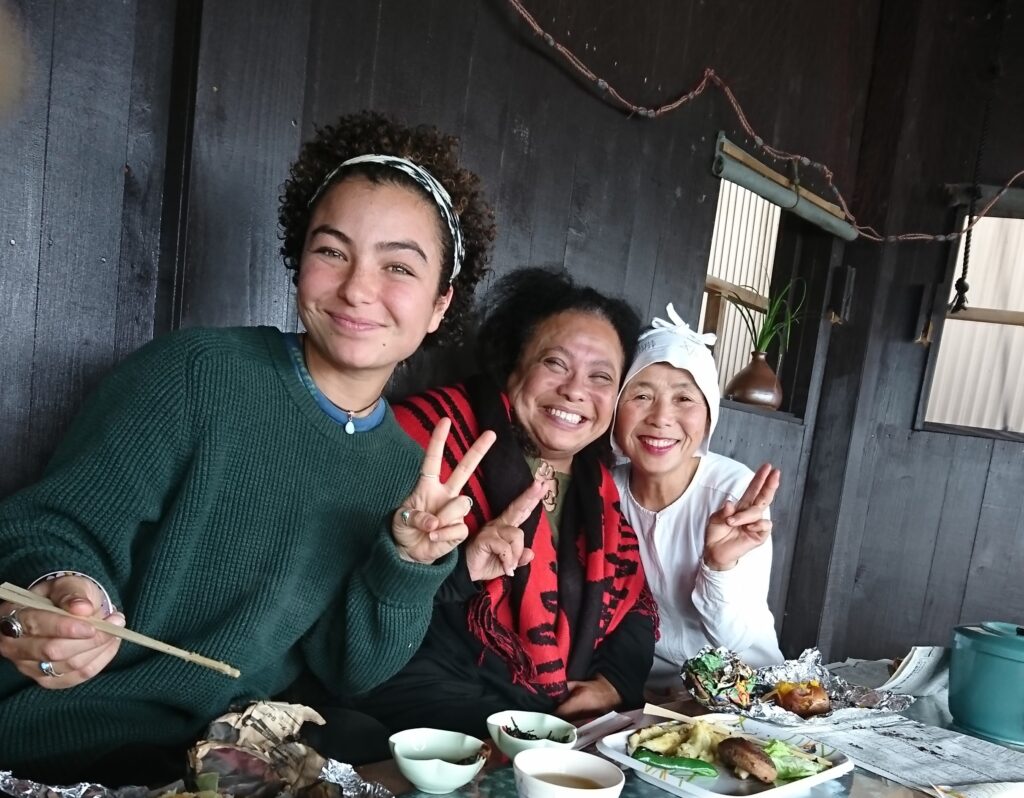
After lunch, stroll through the community and discover some of the local shops, some of which are operated by ama. In the heart of Osatsu, you’ll find a small interpretive center with information about the ama, a few small stores offering locally produced souvenirs and snacks, and places to enjoy a coffee and sweets.
This tour will have you back well before the final boarding time for your ship’s departure so you can rest easy and fully enjoy your time. Reservations should be made three days in advance.
Information and booking can be found using this link: Journey into the Deep: Discovering Ama Culture
Explore Toba from the Water
If you’re looking for something more active, why not visit an uninhabited island by kayak? The beginner-friendly “Island Adventure Sea Kayak Tour” is offered by Toba’s eco-tour operator, Kaito Yumin Club, and takes guests from a nearby beach to a small deserted island. Don’t worry if you haven’t kayaked before because the kayak guide will teach you the basics and keep you safe.
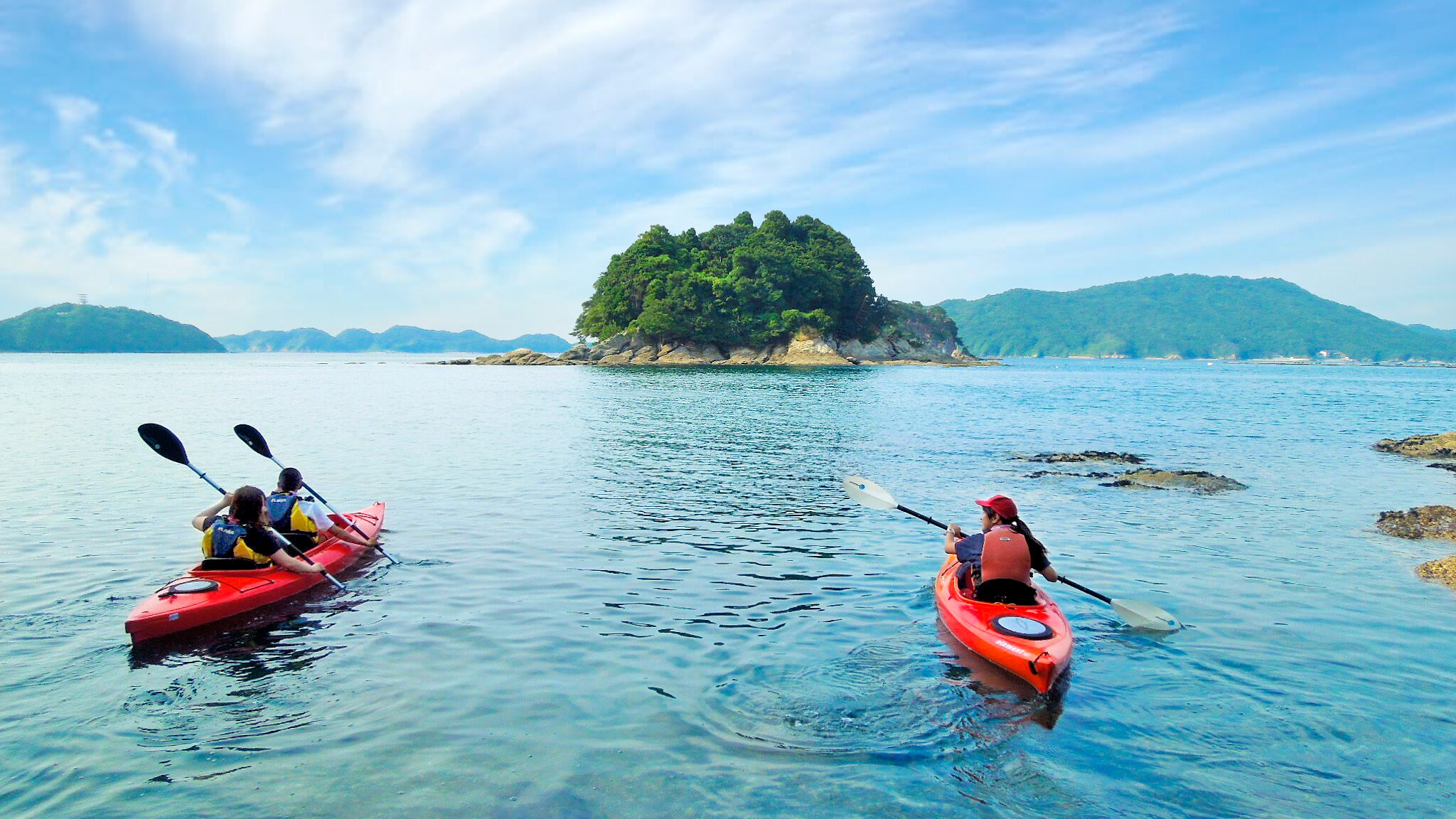
This is a great way to learn about the local waters and the aquatic life. There is a changing facility on-site, and it’s recommended to bring clothes that can get wet. Kaito Yumin Club will provide life jackets and marine shoes if you need them (large sizes available). At the latest, reservations should be made by 5:00 p.m. the day before.
More information is at the link here: Island Adventure Sea Kayak Tour
Culinary Traditions
For those looking for something to do in the afternoon before heading back to the ship, Kaito Yumin Club has another offering, the “One-Bite Fest Toba Tour“, that might be a perfect fit. Take a short walk with a guide through Toba on this food-themed tour. The first stop will take you to Toba’s oldest sushi establishment, Sushi Umé, which has a history dating back around 150 years. After sampling some sushi, you can try your hand at baran-zaiku, the art of cutting leaves—often bamboo leaves—into intricate shapes for food decoration. Traditionally, bamboo leaves (baran) were used as natural dividers in bento boxes and sushi platters to prevent flavors from mixing and to keep the food fresh.
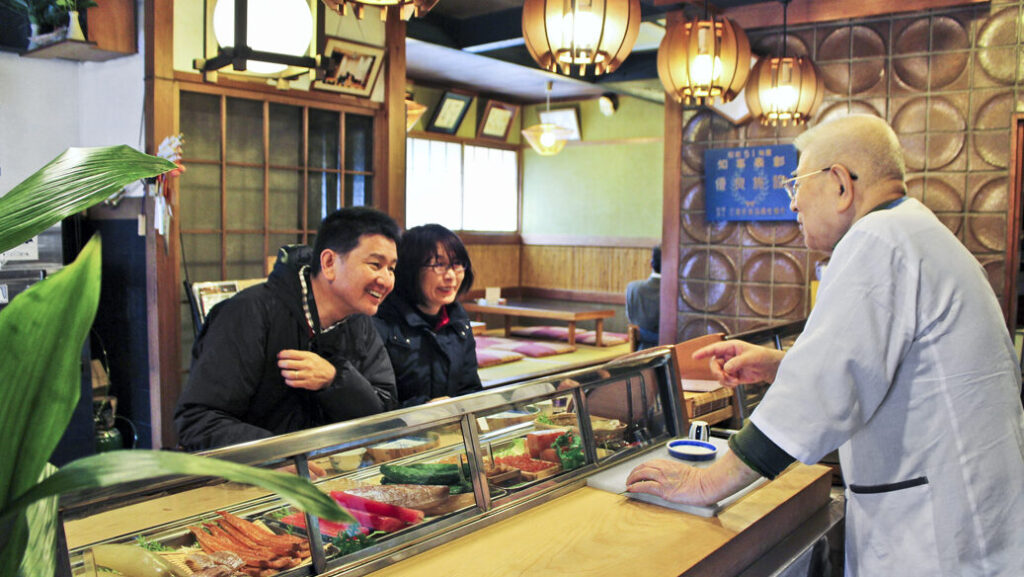
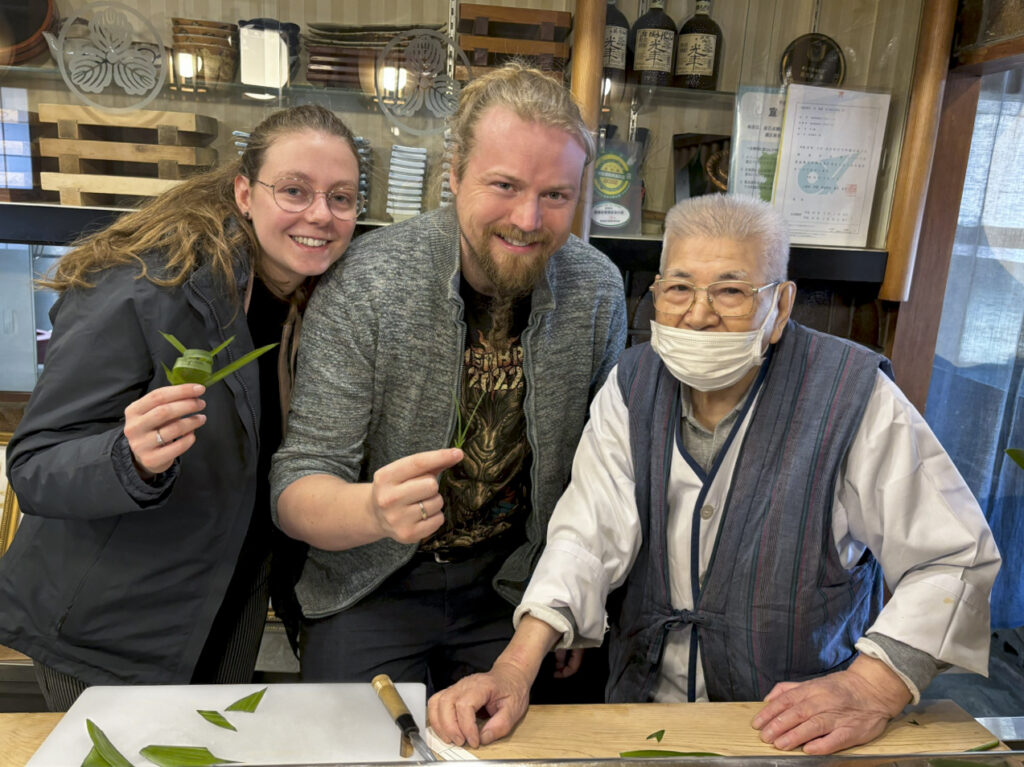
A favorite snack for Toba’s ama is arare. Arare are small, crunchy Japanese rice crackers made from glutinous rice. With the help of your guide, prepare arare the old-fashioned way and see what makes it a hit with the ama.
This tour takes about 1.5 hours, and like the kayak tour, reservations must be made by 5:00 p.m. the day before.
You can find more information and reserve at this link: One-Bite Fest Toba Tour
Hopefully, this provided a few ideas on what to do during your visit, and you can have some wonderful memories in Toba.



